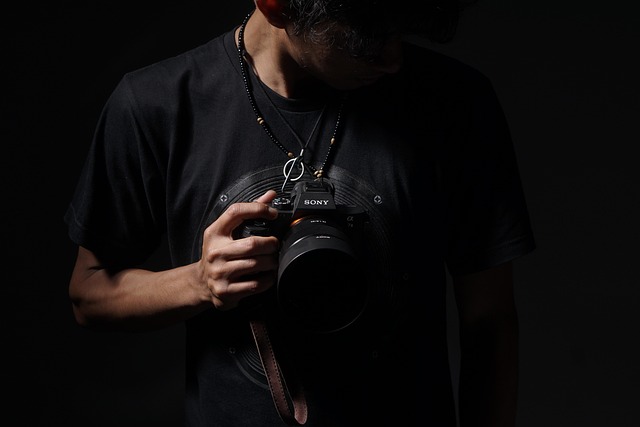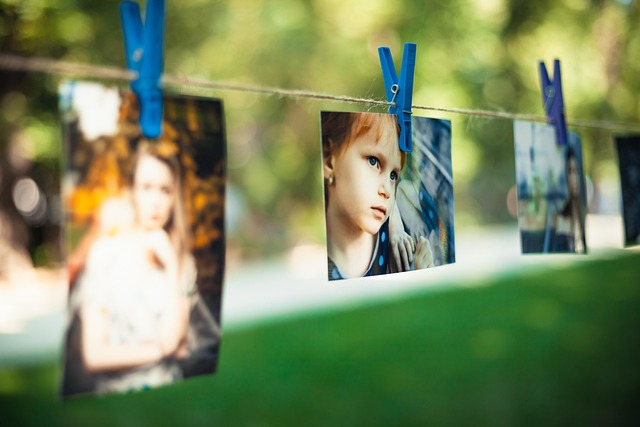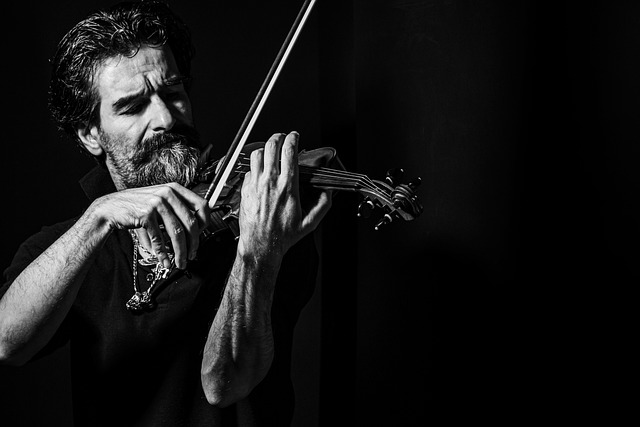In the world of photography, light is more than just a mere element; it’s the very essence that breathes life into an image. Understanding how to set light effectively can transform a simple snapshot into a breathtaking scene that resonates with emotional depth and beauty.
To begin with, consider the natural lighting at different times of the day. Golden hour, which occurs shortly after sunrise and before sunset, offers a soft, warm light that can add a magical touch to your photos. The shadows created during this time are gentle, creating a stunning atmosphere that enhances the subject without overpowering it.
When working with artificial light, such as flash or studio lights, it’s crucial to manage the intensity and angle. These lights can be powerful tools if used wisely. A softbox or diffuser can help to soften harsh lighting, making your subjects glow softly rather than harshly illuminating them. Experiment with different light positions to discover how to best highlight your subject’s features and capture the intended emotion.
Reflectors can also be a game-changer in your photography kit. A reflector disperses light evenly, filling in shadows and bringing out details that might otherwise be lost in darkness. Positioning reflectors strategically can make a significant difference in your compositions, adding depth and dimension to your images.
Incorporating backlighting can give your photographs a dreamy, ethereal quality. When you place your subject between the light source and your camera, it creates a halo effect that can evoke a sense of wonder. Experimenting with different subjects and angles will help you master the art of backlighting, allowing you to tell stories that resonate deeply with your audience.
Don’t shy away from playing with shadows, either. Shadows can add intrigue and drama to an image, making it more compelling. Look for patterns created by light filtering through trees or architecture; these elements can guide the viewer’s eye and create a stronger impact.
Remember, it’s not just about how much light you set but also the quality of that light. Take time to observe how different light conditions affect your scene. Whether you’re shooting in bright daylight or dim indoor settings, the key is to experiment and adjust until you find the perfect balance that highlights the magic of your subject.
By understanding how to effectively set light in your photography, you can create images that not only capture reality but also evoke emotion, telling powerful stories with every click of the shutter. So grab your camera, explore the world of light, and let your creativity shine!




